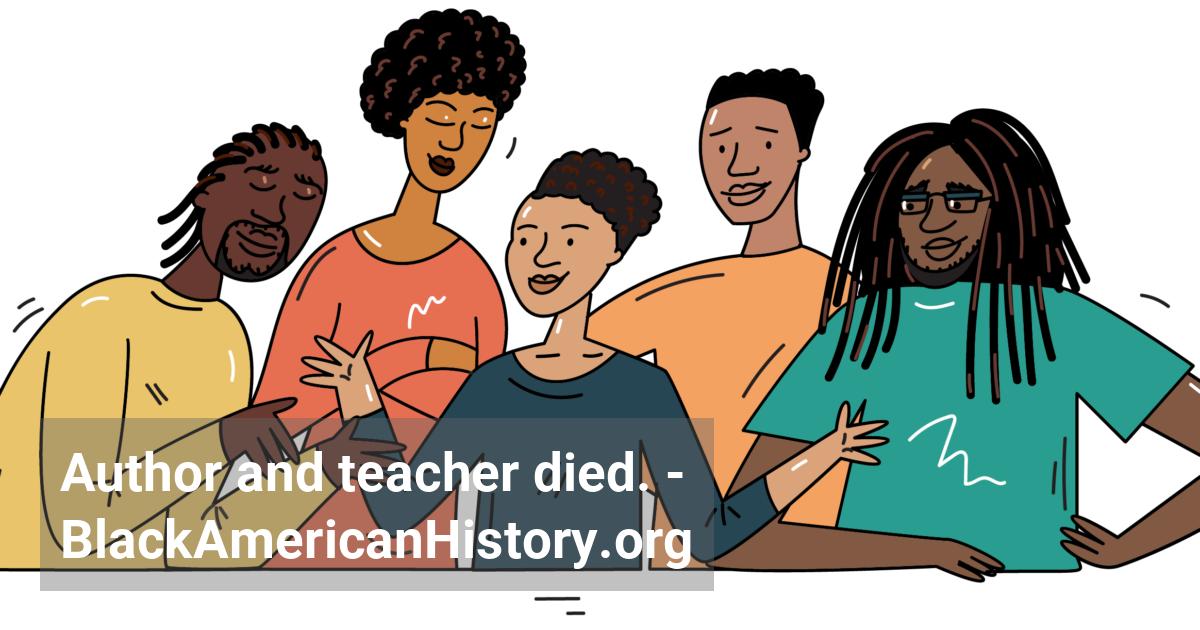Home / Full timeline / John Oliver Killens, author and teacher, dies in New York City.
 John Oliver Killens, author and teacher, dies in New York City.
John Oliver Killens, author and teacher, dies in New York City.
1987 (Oct 27)
John Oliver Killens, author and teacher, died in New York City. Killens was born in Macon, Georgia, but left the South at age seventeen and lived most of his life in the North. Like many other Blacks who left the South in the first half of the twentieth century, Killens was “reluctant to return” to his native region. His first extended visit to his hometown occurred in 1986, when he spent two weeks as a lecturer and writer-in-residence Killens' major novels included Youngblood (1954), And Then We Heard the Thunder (1963), and The Cotillion, or One Good Bull Is Half the Herd (1971). Youngblood was a story of “powerful courage” among ordinary Black folks in a small Georgia town, while The Cotillion was a "hilarious satire [of] social-climbing" Black Northerners. Some critics contended that Killens's later works "lacked the power” of his first two novels, Youngblood and And Then We Heard the Thunder. But at least one reviewer, Tina McElroy Ansa, asserted that if literary historians are looking for the quality of "power.... they should also look to the man. There, they will find the power they seek. The power of his teaching, the power of his courage, the power of his generosity, the power of his gentleness, the power of his example, the power of his life.” Killens was known to have inspired a generation of young Black writers, including Wesley Brown, Nikki Giovanni, Richard Perry, Janet Tolliver, and Brenda Wilkinson. His own philosophy was that “the responsibility of the writer is to take the facts and deepen them into eternal truth. Every time I sit down to the typewriter, put pen to paper,” he once said, “I'm out to change the world.” Killens was an original member of the Harlem Writers Guild and worked on Paul Robeson's newspaper, Freedom. He held fundraisers during the civil rights movement for Dr. Martin Luther King, Jr., and traveled to Africa, China, and the Soviet Union. During his tenure on the faculty of Columbia University, Killens achieved a reputation for opening his home at night to students “for talk, food, and sometimes, shelter."
References:
- • Hornsby, Alton. Chronology of African-American History: Significant Events and People from 1619 to the Present. Detroit: Gale Research, 1995.
